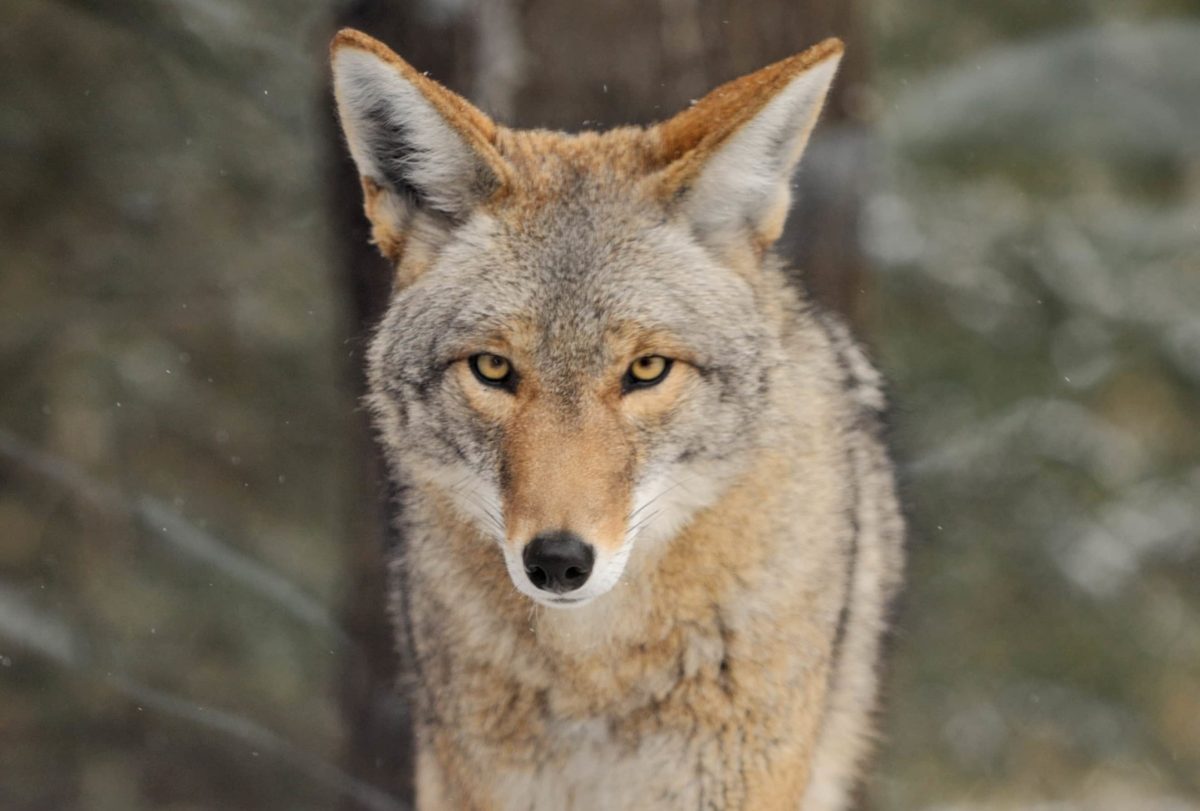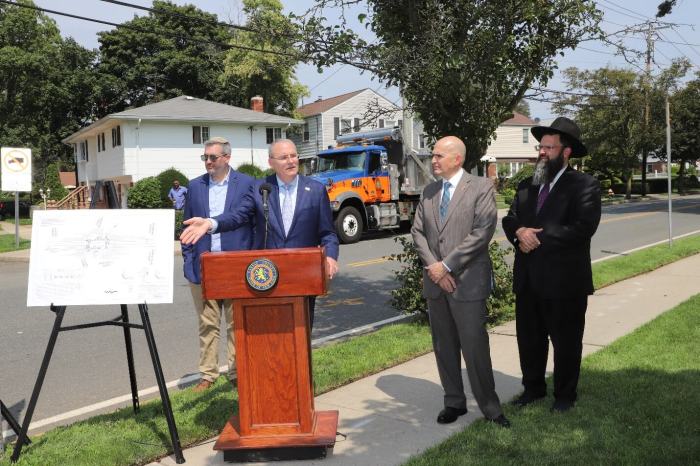Long Island has had many coyote sightings in recent years, and it has been a long time since large carnivores have been a part of Long Island’s environment. These sightings have raised the question: are there populations of coyotes on Long Island?
The answer is yes, according to New York State Department of Environmental Conservation (NYSDEC) biologist and furbearer Mandy Watson. And while there aren’t many here right now, the coyotes could have a bright future on Long Island.
Why are coyotes coming to Long Island?
Long Island was once home to top-level predators such as wolves and even mountain lions, and both have been extirpated — meaning locally extinct — from New York since the 19th century.
While occasional vagrants from western populations of those animals are seen in New York — including three wolves and a mountain lion in upstate New York this century — they haven’t ever been confirmed on Long Island, leaving a niche open that coyotes are beginning to fill.
“They started moving in with the elimination of those larger predators,” Watson said. “We first documented coyotes coming into New York in the 1920s. We’ve gotten occasional reports from Long Island of coyotes — it seems like they’re coming through the city. There’s not a whole lot of them, but there is definitely some breeding going on. It’s mostly in western Long Island, but they are starting to move east.”
Coyotes are incredibly adaptable animals, which is what has allowed them to thrive in the city — but Long Island has even more optimal habitat for them.
“Throughout pretty much all of Long Island, you have a lot of green space, but then you have a lot of neighborhoods and whatnot that are just interspersed which is the best of both worlds for them,” Watson added. “Pretty much all of Long Island is good habitat for coyotes. Although not perfect with roads and whatnot.”
What kind of coyotes are being seen?
The species of coyotes being seen on Long Island are Eastern coyotes, which are a subspecies that also includes wolf and domestic dog DNA.
According to Watson, the genetics of these Eastern coyotes aren’t fully understood yet — but could be a result of wolf populations recovering at least near New York. The Eastern coyotes could also be descendants of coyotes who interbred with wolves prior to the wolves’ extirpation.
“The genetic stuff can persist for several generations,” Watson said. “So it’ll be really interesting to see kind of how that might shift a little bit in the decades to come. These coyotes probably are not leaving Long Island.”
What does coyotes on Long Island mean for residents?
There are not enough coyotes on Long Island to force lifestyle changes for Long Islanders just yet. Preferred prey species for coyotes include rabbits, squirrels, mice, and other small mammals — although in urban areas, they will be more omnivorous and get into garbage cans and compost bins.
“We don’t get that many instances of coyotes taking pets, but it does happen,” Watson said. “So people just need to be aware. Supervise pets at all times and walk your dogs on a leash, since coyotes can be territorial towards dogs. If you do see a coyote, the best thing you can do is not run from it — it’s good when coyotes have a healthy fear of humans. Raise your arms, yell, make noise, all the things you can do to make them uncomfortable around humans. When they get comfortable is when we start to have issues.”
It’s still a good thing for the environment in general for there to be coyotes, though, since Long Island has been lacking top predators for well over a century. They offer good control of small mammals — but they aren’t likely to impact deer populations since adult deer are generally too large for coyotes.
“They will take fawns, or sick and injured adults,” Watson said. “Deer that have been hit by cars but may have survived, coyotes will help with that as well. But they definitely will play a role in managing some of these species that have grown abundant across the landscape without any predators.”
Where on Long Island have they been spotted?
Most coyotes have been seen in western Long Island — in Nassau County neighborhoods near big parks, which is good habitat for them.
Some have been documented further east, including Mattituck, Southold, Laurel, and Riverhead, as well as a suspected sighting in Montauk — but there is no evidence of resident populations that far out.



































